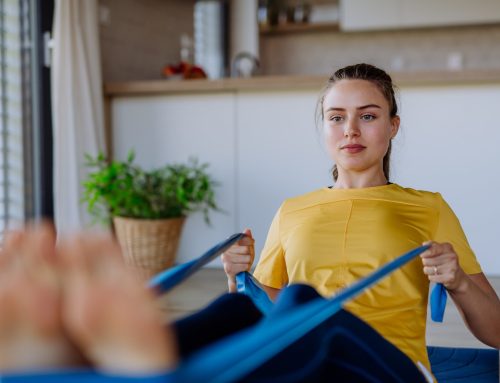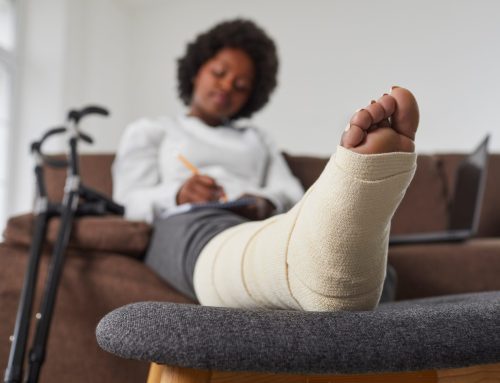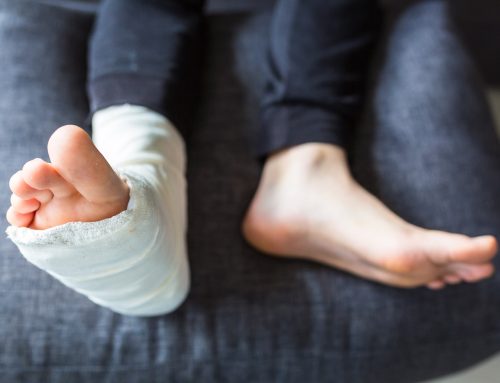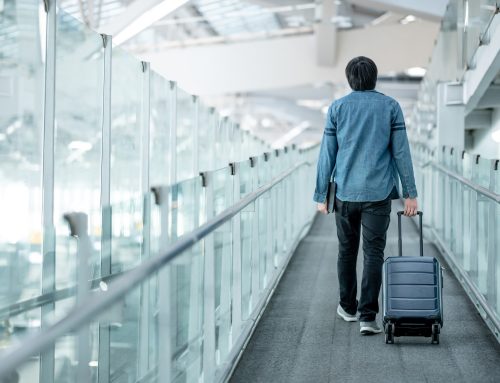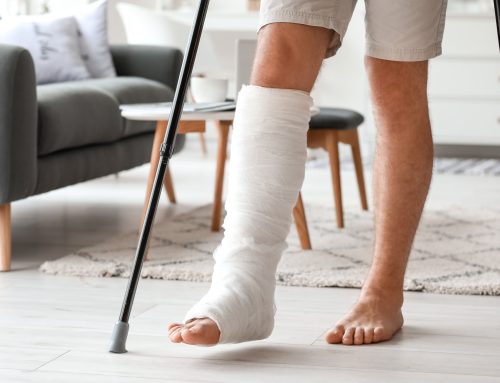How to increase bone density or muscle strength
When we’re young, we can feel free and invincible. But as we get older, our bodies can start to slow down. We start to feel aches and pains in new places, like a stiff back when bending over or creaking knees when going upstairs. And we’re more prone to injuries and bone fractures.

Thankfully, there are a number of ways to increase bone density and muscle strength, including by doing a broad mix of different exercises, maintaining a healthy and nutritious diet, and maintaining posture and balance.
Quit smoking cigarettes
If you do smoke cigarettes and are concerned about the health of your bones and muscles, now is a good time to quit. Smoking tobacco speeds up the gradual loss of bone mineral density that happens as we age. Smoking also slows the absorption of calcium and vitamin D by the bones and slows the healing of fractures and surgical wounds.
Keep your bones strong by doing a mix of weight-bearing, aerobic, and strengthening workouts
Our bones and muscles react when different types of force and stress are put on them. Aerobic physical activities pump our cardiovascular systems. While strength training builds muscle, joint, and bone strength, reduces body fat, and allows us to burn calories more efficiently. Exercise is also recommended as one of the best preventive strategies to reduce the risk of osteoporosis, as it slows the rate of bone loss and conserves bone tissues.
When we consider strength training, we usually think about using weight machines or free weights in the gym. These are great for building muscles, but you can also do exercises at home, like using your body weight by doing planks, squats, and pushups, or doing online yoga.
High-impact workouts put lots of pressure on our bones, forcing them to rejuvenate. This happens when we jump, climb, and push ourselves against gravity and the terrain. If you don’t have osteoporosis or otherwise low bone mineral density, consider:
- Tennis and other racket sports
- Hiking
- Snowboarding and skiing
- Volleyball
- Basketball
Low-impact activities that are a good workout for people with weaker bones include:
- Tai chi
- Swimming
- Walking
- Gardening
- Rowing
Before beginning any new exercise program, speak with your doctor or physiotherapist first. Make sure to take rest days between exercising each specific muscle group, in order to prevent injuries and allow your body to rebuild. It’s important to also use proper technique when doing specific sports and exercises, to lower your risk of getting injured. Always stop an exercise if you are feeling any pain.
Keep your balance and good posture
As we age, our balancing abilities on our feet and the posture of our spine start to decline. Having good posture strengthens your body, including your bones, spine, and core muscles. Having a good alignment in the spine also reduces the stress of the muscles, joints, and tendons.
Playing sports, running, and hiking are great for building balance skills but are not a great option for people with osteoporosis. But anyone can, with the use of a support, strengthen their balance by standing on one foot, leaning side to side and front to back. Or shifting from your toes to heels while standing — a great exercise to do while doing chores like washing the dishes. These are especially important to do at a later age in life when you’re more susceptible to falls which can be dangerous, if not deadly.
Maintain a healthy diet high in proteins, calcium, and vitamin D
Ensuring that you eat nutritious food with a wide variety of essential vitamins and minerals will keep your body properly fueled and your bones and muscles strong. Milk does do the body good, as it’s full of calcium. Calcium is essential for building strong bones and allowing the bones to rebuild after fractures. If you can’t drink dairy, try other foods rich in calcium like yogurt, cheese, soft-boned fishes, tofu, and dark green vegetables.
Vitamin D works hand-in-hand with calcium, allowing the bones to absorb it. We don’t get much vitamin D from the sun here in Canada, so consider eating foods like eggs, fatty fish such as salmon and trout, and fortified cereals. These all have high levels of the “sunshine vitamin”. If you are not getting enough vitamin D in your diet, you should try taking supplements. Women should get on average 2000 IU of vitamin D per day and men should get around 1500 IU.
Protein from a variety of plant and animal sources is essential for bone health. And yellow and green vegetables, like broccoli, cabbage, and spinach, have been shown to promote bone growth in children and help maintain bone mineral density and strength in adults.
With a proper diet and exercise regime, try to maintain a healthy weight. People who are underweight may be more susceptible to developing osteoporosis and people who are overweight may be more susceptible to fractures. Rapid weight loss can also have negative effects on bone density.
If you break a bone, consider using low-intensity pulsed ultrasound treatment
Anyone can sustain a bone fracture and healing times can vary widely depending on a number of factors, including your age, fitness level, and whether you smoke. Breaking a major bone, like a clavicle or tibia, forces you to mobilize and rest while it heals. Not being able to properly exercise can be difficult and getting back to regular activities too quickly can worsen the broken bone.
Low-intensity pulsed ultrasound (LIPUS) treatment can heal a fracture faster by using a painless, mechanical force to stimulate the bone. Studies find that, on average, fresh fractures will heal 38 percent faster when ultrasound treatment is used. It can be done at home, or on the go, without medical supervision and for only twenty minutes a day. Please contact us with any questions on how LIPUS therapy works to quicken the healing of bone fractures.
Let us know how you are strengthening your bones and muscles
What exercises do you like to do that make you feel strong and healthy? Which of the above tips are you interested in trying? We welcome any of your thoughts, suggestions and questions in the comment section below.

